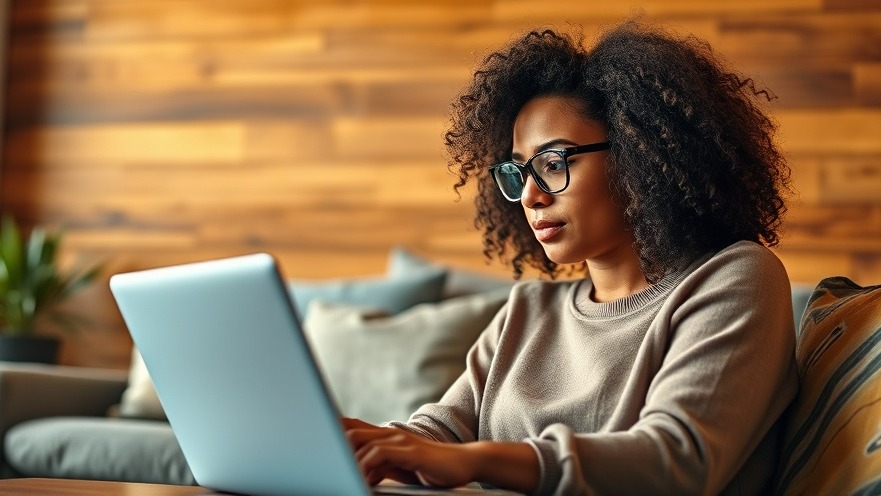
Understanding the Transformation of Human Connection
In an age where face-to-face interactions can often seem a luxury, video chats have become an invaluable tool for communication. This technology has not only bridged geographical distances but has also evolved into a fundamental aspect of modern social interaction. For concierge medical practice owners, recognizing the impact of video communications on mental wellness can be a vital component in shaping a practice that prioritizes patient connections and overall health.
The Psychological Impact of Video Chats
Social interactions, whether in-person or virtual, are essential for mental wellbeing. Loneliness and isolation are major contributors to an increase in mental health issues like anxiety and depression. Video chats significantly mitigate these feelings by fostering emotional connections. Experiencing another person's visual cues and tone can provide a deeper sense of reassurance compared to text messages, reducing feelings of loneliness.
Combating Loneliness Through Connection
Research demonstrates that video chats effectively combat loneliness. A study noted that nearly 80% of Americans used video chat tools during the COVID-19 pandemic. As isolation rates surged, the importance of maintaining connections became clear. Facial expressions, body language, and real-time feedback enable better emotional support, helping mitigate feelings of despair and helplessness among patients.
Supporting Mental Health with Video Chats
Video chats can enhance mood and reduce stress, serving as a vital part of emotional health. Human interaction stimulates the release of neurotransmitters linked to happiness. More than mere conversations, they offer a space for laughter and emotional sharing, which is crucial in a healthcare setting that promotes wellness. For concierge practices, encouraging patients to leverage these communications can strengthen their support networks.
Strengthening Patient Relationships Remotely
For those in concierge medical services, maintaining strong relationships with patients is paramount. Video calls allow ongoing discussions around health, treatment, and general well-being, forging stronger bonds. Celebrating milestones—like birthdays or anniversaries—virtually can tremendously boost a patient's morale and sense of connection to your practice.
Broadening Horizons and Opportunities
Beyond reconnecting with existing relationships, video chats are gateways to new connections. Participating in interest-based groups or virtual community events can promote personal growth and foster a sense of belonging. These platforms can be especially advantageous for patients seeking support or community engagement, as they overcome the barriers of physical distance.
Video Chats in Professional and Educational Settings
For healthcare providers, video chats have transformed team collaboration. Facilitating meetings, brainstorming sessions, and even mental health workshops virtually ensures that professionals remain connected. This approach also applies to patient interactions, where telehealth continues to play a critical role in providing services to those unable to attend in-person visits.
The Role of Video Chats in Community Engagement
Video communication has redefined accessibility in healthcare. It's enabling patients to actively participate in community support groups, virtual therapy sessions, and access essential services. As healthcare providers, fostering knowledge of these supports can empower patients and ensure they are maximally engaged with their care.
Challenges and Considerations
While the advantages of video chats are clear, the challenges must also be acknowledged. Digital fatigue can set in when overrelying on screen interactions. It’s essential to strike a balance to maintain mental wellbeing – setting specific times for video calls, taking breaks, and prioritizing quality interactions over quantity can all mitigate these concerns.
Practical Steps to Enhance Video Communications
Integrating video chats into patients' everyday lives can significantly enhance social connectivity and personal wellness. For concierge medical practices, encouraging patients to utilize this tool for their mental wellbeing can foster a caring and compassionate environment. Balancing screen time with real-world interactions can also nurture emotional health.
As you consider the integration of video chats into your practice, think about this: How can you further support your patients in navigating mental wellness through digital channels? Engaging intentionally can pave the way for deeper relationships, ultimately leading to a thriving practice that cares for its patients holistically.
 Add Row
Add Row  Add
Add 




Write A Comment